How an Energy Chain for a Solar Panel Works: Purpose and Benefits Explained
When I first installed solar panels on my California home, I was amazed. The energy chain for a solar panels is a technological marvel. It turns sunlight into electricity with amazing precision.
Modern solar technology has changed how we view renewable energy. An energy chain for a solar panel captures sunlight, turns it into electrical power, and sends it out. Your solar setup is more than just panels. It’s a network of energy conversion and management.
Knowing how an energy chain for a solar Panel works helps you use more renewable energy. Each part works together, changing sunlight into clean, sustainable electricity. This electricity powers your home and cuts down on environmental harm.
Key Takeaways
- Solar energy chains transform sunlight into usable electricity
- Complex technological systems enable efficient energy conversion
- Energy chains involve multiple interconnected components
- Solar technology continues to advance rapidly
- Renewable energy reduces carbon footprint
Understanding the Fundamentals of Solar Energy Conversion
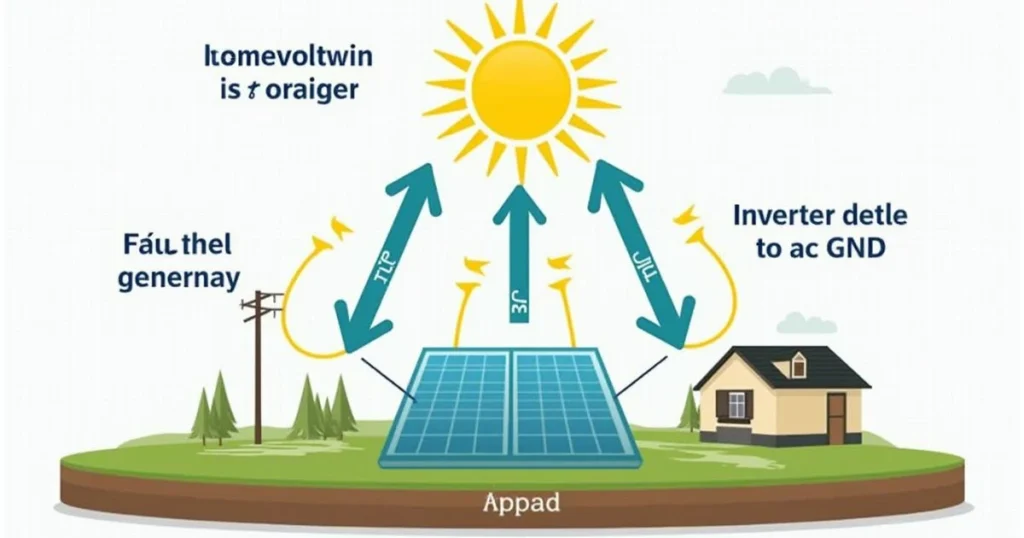
Solar energy is a strong, renewable technology that turns sunlight into electricity. It uses advanced science to change light into power we can use. Knowing how solar panels work shows us the detailed process behind this clean energy.
The heart of solar energy conversion is the photovoltaic effect. This amazing process turns light particles (photons) into electrical current. Making solar panels involves complex steps to achieve this energy change.
The Physics Behind Photovoltaic Effect
The photovoltaic effect happens when certain materials meet sunlight, creating an electrical charge. It includes:
- Photons hitting the solar panel’s surface
- Electrons getting excited in semiconductor layers
- Creating direct electrical current
Key Components of Solar Energy Systems
Solar panel systems have important parts that work together. They capture and change solar radiation. These parts are:
- Photovoltaic cells
- Interconnected solar modules
- Inverter systems
- Electrical connection networks
Basic Energy Flow Principles
Energy moves through solar systems in a clear path. Semiconductor materials are key in changing solar radiation into power. This makes solar technology a groundbreaking way to produce sustainable energy.
What Is an Energy Chain for a Solar Panel
An energy chain for a solar panel is key to turning sunlight into electricity. It’s a complex system that handles solar energy from start to finish. This ensures it works at its best.
Your solar panel’s energy chain has important parts that work together. It’s like a high-tech road for solar energy to travel through different stages:
- Solar radiation capture
- Electron excitation mechanisms
- Electric current generation
- Power transmission and storage
The technology behind the energy chain involves complex interactions in semiconductors. Photovoltaic cells change sunlight into electricity by moving electrons. Each part is vital for keeping energy flowing well.
“Solar energy chains represent the backbone of modern renewable power generation technologies.”
Knowing how your energy chain works can boost your solar system’s performance. It helps make electricity smoothly by managing currents and preventing losses. This ensures power stays steady, no matter the weather.
Professional solar installers can create a custom energy chain for you. They’ll make sure it fits your energy needs and location perfectly.
Components and Structure of Solar Panel Energy Chains
Solar panel energy chains are complex systems that turn sunlight into electricity. They show how energy is collected, moved, and shared in solar power systems.
The process of making solar power involves many steps. Each part has a special job in turning sunlight into electricity.
Primary Energy Collection Elements
Solar panels use special parts to catch energy well:
- Photovoltaic cells made from semiconductor materials
- Transparent protective glass panels
- Anti-reflective coating to maximize light absorption
- Metal conductors for electron movement
Transfer and Storage Mechanisms
After catching solar energy, the system needs strong ways to move and store it. Inverters change direct current (DC) to alternating current (AC). Battery systems keep extra energy for steady power.
- Advanced inverter technologies
- High-capacity battery storage systems
- Smart energy management controllers
Output Distribution Systems
The last step is to send the electricity to where it’s needed. Electrical grids and home systems use the power for appliances and more.
Knowing how solar panels are made shows the engineering in renewable energy. Each part works together for a green power system.
The Role of Semiconductors in Solar Energy Conversion
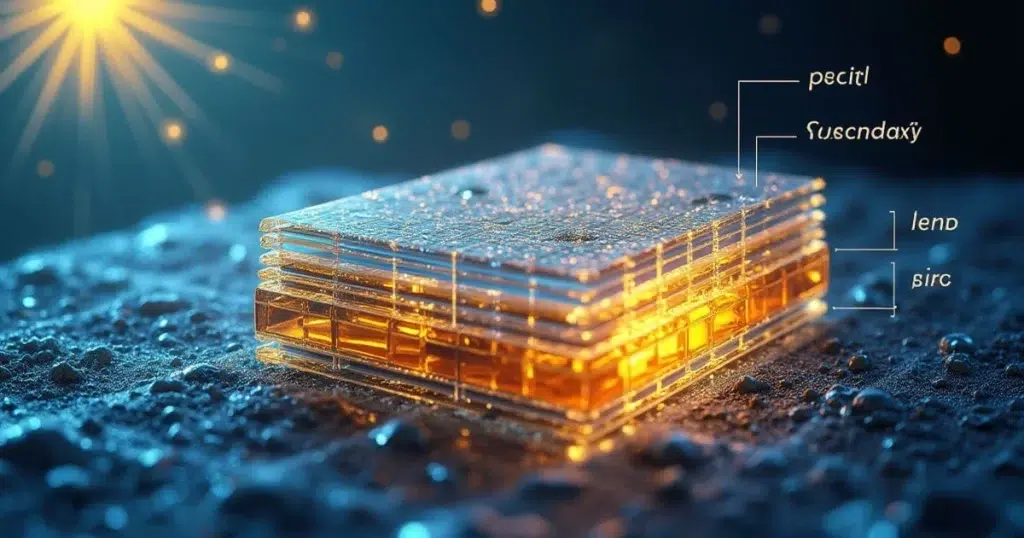
Semiconductors are key to solar panel technology. They turn sunlight into electrical energy. Knowing how solar panels work shows semiconductors’ vital role.
Semiconductors, like silicon, are at the heart of solar energy conversion. They absorb sunlight and create electrical current. The right materials are essential for solar panels’ efficiency.
- Silicon is the most common semiconductor in solar panels
- Semiconductors create an electrical field within solar cells
- They enable direct conversion of light into electricity
Different materials have their benefits. Crystalline silicon is efficient, while cadmium telluride is cheaper to make. Your choice affects the panel’s performance.
The semiconductor’s structure lets electrons move with sunlight. This creates an electric current. It’s a complex process that turns sunlight into electricity.
Semiconductors bridge the gap between sunlight and electrical power, making renewable energy possible.
Energy Transfer Process in Solar Panel Systems
Solar panel systems are complex networks that turn sunlight into electricity. They involve detailed processes to capture, convert, and share renewable energy. This is done with great precision.
To understand solar power generation, we need to know about the energy chain for sun. Each solar panel is a platform that changes light into electrical current. This happens through a series of steps.
Solar Radiation Capture
Solar panels start by catching sunlight with photovoltaic cells. These cells are made to:
- Absorb incoming solar radiation
- Maximize light collection efficiency
- Minimize energy loss during initial capture
Electron Movement and Energy Generation
When sunlight hits the photovoltaic cells, something amazing happens. Photons from sunlight meet semiconductor materials. This triggers electron movement, creating electrical current.
“Solar energy transforms light into electricity through an elegant dance of quantum interactions.” – Clean Energy Research Institute
Power Distribution Flow
Once electrical current is made, the energy chain for solar moves to distribution. Inverters change direct current (DC) into alternating current (AC). This makes the electricity ready for homes and grids.
- Inverters enable seamless power conversion
- Electrical systems receive transformed energy
- Excess power can be stored in batteries
This complex process shows how modern solar tech captures, converts, and shares renewable energy. It does so with amazing technological skill.
Efficiency Factors in Solar Panel Energy Chains
Knowing how efficient your solar panel’s energy chain is key to getting the most power. The performance of your solar panel’s energy chain depends on several important factors. These factors directly affect how well your system works.
Solar panel efficiency starts with key performance elements:
- Panel orientation and positioning
- Material quality and semiconductor characteristics
- Environmental temperature conditions
- Solar radiation intensity
The energy of solar panel systems changes based on several technical parameters. Photovoltaic cell design is very important. It determines how well sunlight turns into electrical energy. Manufacturers work to improve semiconductor materials. This helps electrons move better and reduces energy loss.
“Maximizing solar panel efficiency requires a holistic approach to understanding energy transformation processes.”
Temperature greatly affects solar panel performance. Higher temperatures can lower electrical output. This makes cooling mechanisms and heat-resistant materials very important. Professional installers suggest specific panel types based on your local climate.
Your solar panel’s efficiency can be measured through:
- Peak power output
- Temperature coefficient
- Conversion rate percentage
- Degradation rate over time
By carefully looking at these efficiency factors, you can make your solar panel’s energy chain better. This ensures you get the most electrical energy possible.
Optimizing Your Solar Panel’s Energy Chain Performance
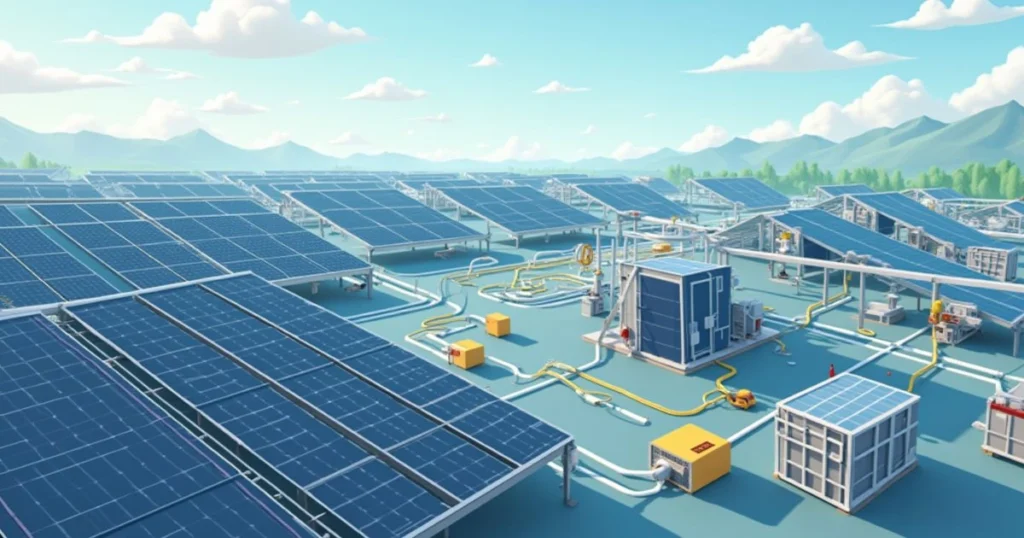
To keep your solar panel system running at its best, you need to take care and watch it closely. Your solar energy chain is made up of many parts. They all need regular checks to work well and last long.
Maintenance Best Practices
Here are some key steps to keep your solar energy system in great shape:
- Clean solar panels every three months to get rid of dust and dirt
- Check the mounting hardware to make sure it’s tight
- Look for any signs of wear or rust on electrical connections
- Make sure the inverter is working right and check its performance
Performance Monitoring Tips
Keeping an eye on how well your solar panels are doing is important. Here’s how to do it:
- Use digital tools to track how much energy your panels make every day
- Compare today’s numbers with what they’ve done in the past
- Set up alerts for when your system isn’t doing as well as it should
- Have a pro check your system once a year
Troubleshooting Common Issues
There are a few common problems that can affect your solar energy system. Here’s how to handle them:
- Reduced energy generation
- Unexpected system shutdowns
- Inconsistent power output
- Damage to the panels
By following these tips for maintenance and monitoring, you can make sure your solar panels work their best. This will help you get the most out of your investment in renewable energy.
Environmental Impact and Sustainability Benefits
Solar panel technology is a big step towards making energy more sustainable. It uses the sun’s power, which is clean and renewable. This means less carbon emissions than old fossil fuel ways.
When you look into solar panel systems, you find a strong way to protect our planet.
Solar energy has many benefits for the environment:
- Zero greenhouse gas emissions during operation
- Minimal water consumption compared to conventional power generation
- Reduced dependence on non-renewable energy sources
- Lower environmental footprint across entire energy production lifecycle
Buying solar tech helps protect our planet. Solar panels turn sunlight into electricity without harming the environment. This makes clean energy from the sun very efficient.
Solar energy is key to cutting global carbon emissions and fighting climate change.
Solar panels do more than just cut carbon now. They also help keep our ecosystems healthy. This is because they don’t harm the environment like old energy ways do.
Choosing solar energy means you’re choosing a green way to make power. It helps meet global sustainability goals and gives you clean energy for your place.
Cost Analysis and Return on Investment
Investing in solar panels needs careful financial planning. The cost of solar panel systems involves complex calculations. These can greatly affect your long-term energy savings. Knowing the financial side helps you make smart choices about solar energy.
Solar panel installations are a big upfront cost. The cost to make solar panels and set up a system varies. It depends on several key factors:
- Size of the solar installation
- Quality of photovoltaic components
- Complexity of the energy chain for a solar panel setup
- Local installation and labor costs
Initial Setup Expenses
Residential solar panel systems usually cost between $15,000 and $25,000 before incentives. This includes panels, inverters, mounting equipment, and professional installation. Your specific needs and roof setup will affect the price.
Long-term Savings
Solar investments usually pay off in 7-10 years. After that, you’ll see big savings on electricity. Homeowners can save between $10,000 and $30,000 over 25 years, based on local rates and system performance.
Government Incentives and Rebates
Government support for solar is significant. The federal solar tax credit lets you deduct 30% of costs from taxes. State incentives can also lower your initial investment.
Renewable energy investments are not just about immediate savings, but creating sustainable long-term financial strategies.
Future Innovations in Solar Panel Energy Chains
The solar energy world is changing fast. New discoveries are making solar panels more efficient. Scientists are working hard to improve solar panel design and how well they convert energy.
Several exciting developments are emerging in the world of solar energy systems:
- Perovskite solar cells that promise higher efficiency rates
- Transparent solar panels for architectural integration
- Quantum dot solar technologies with enhanced energy capture
Understanding what is the energy of solar panel is key for scientists. They are working on new technologies. They aim to make solar panels more efficient by improving materials and energy transfer.
Key areas of innovation include:
- Advanced photovoltaic materials with improved light absorption
- Nanotechnology-enhanced energy conversion
- AI-driven solar tracking and optimization systems
These new technologies will change how we use solar energy. They will make solar panels work better and cost less. This means more solar power for us.
The future of solar energy lies in breakthrough technologies that make renewable energy more accessible and efficient.
As these innovations grow, solar panels will get better and cheaper. They will become part of our daily lives.
Choosing the Right Energy Chain for Your Solar Installation
Choosing the right energy to make solar panels is important. You need to think about your energy needs and where you’ll install it. Your solar investment depends on picking the best technology for your property.
When planning your solar installation, consider these key points:
- How much energy you use
- How much space you have on your roof or ground
- The weather in your area
- How much you can spend
- What you expect from your system in the long run
Key Installation Considerations
Choosing an energy chain for solar panels involves several important factors:
- Structural compatibility with your current setup
- How it will connect to your electrical system
- Any shading or positioning issues
- How easy it will be to maintain
Professional vs DIY Installation
How you install your solar energy chain matters a lot. Professional installers offer expertise and warranties. DIY can save money but requires technical know-how.
- Professional Installation Benefits:Guaranteed system performance
- Comprehensive warranty coverage
- Expert system design
- DIY Installation Considerations:Lower upfront costs
- Requires technical knowledge
- Potential risk of system inefficiency
Your choice depends on your skills, budget, and comfort with complex systems.
Conclusion
Solar panel technology is changing how we see renewable energy. The energy chain for solar is key to making sustainable power. It turns sunlight into electricity efficiently. Knowing about these systems helps you choose the right solar options and care for the planet.
Creating solar panels involves complex steps like semiconductor tech and energy transfer. Each part is important for using solar energy well. Understanding these steps helps see the big benefits of solar energy for everyone.
Solar panel tech is getting better and more affordable. The energy chain for solar is improving too. This means we’ll get more efficient, cheaper, and greener solar panels soon. Being informed about these advancements puts you at the edge of a green energy shift.
Solar energy chains are great for anyone who wants clean power. They’re perfect for homeowners, green lovers, or industry experts. These systems could change how we use energy and care for our planet.
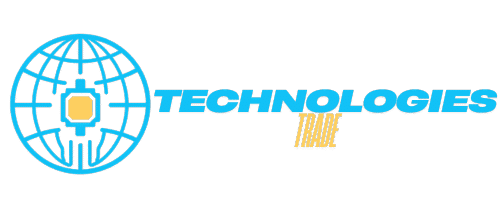
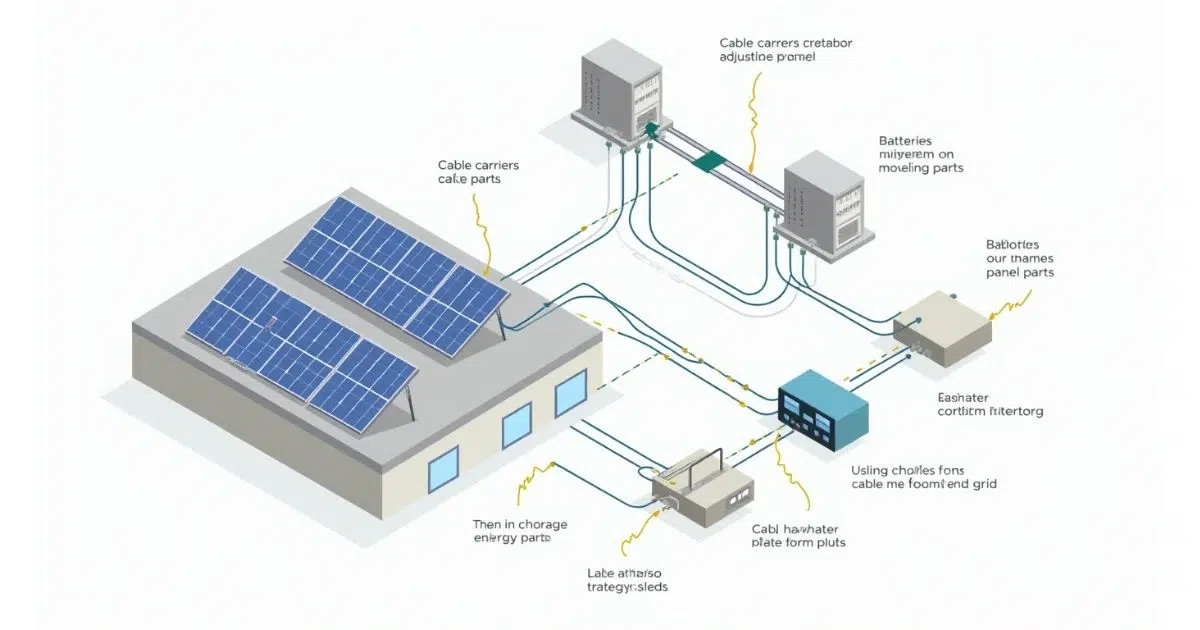
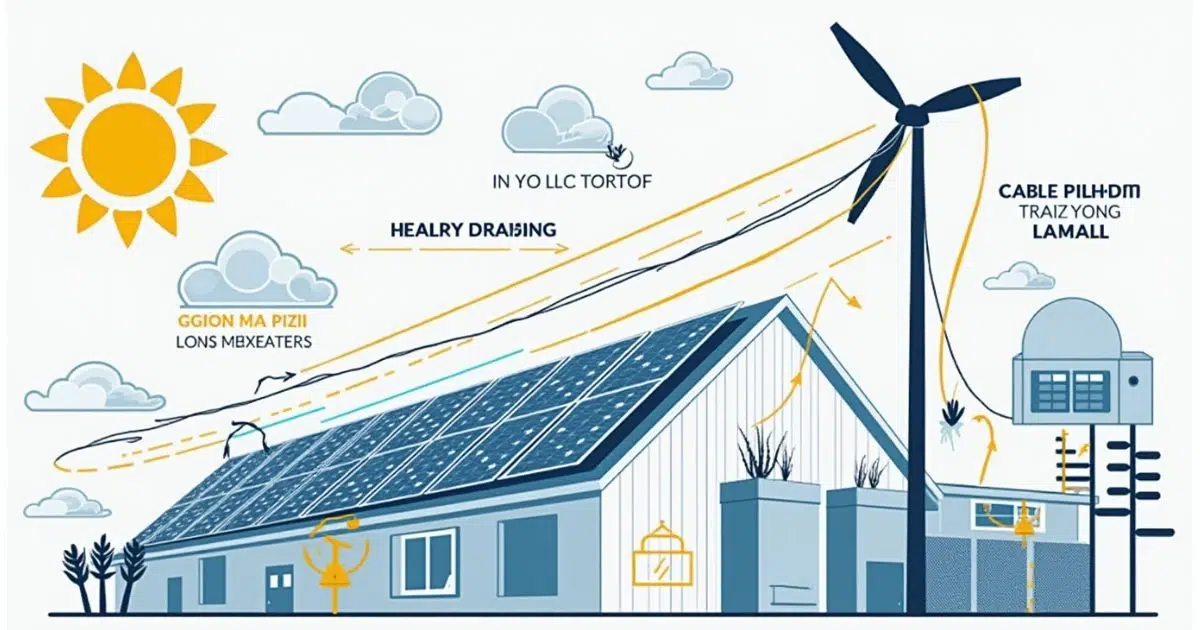
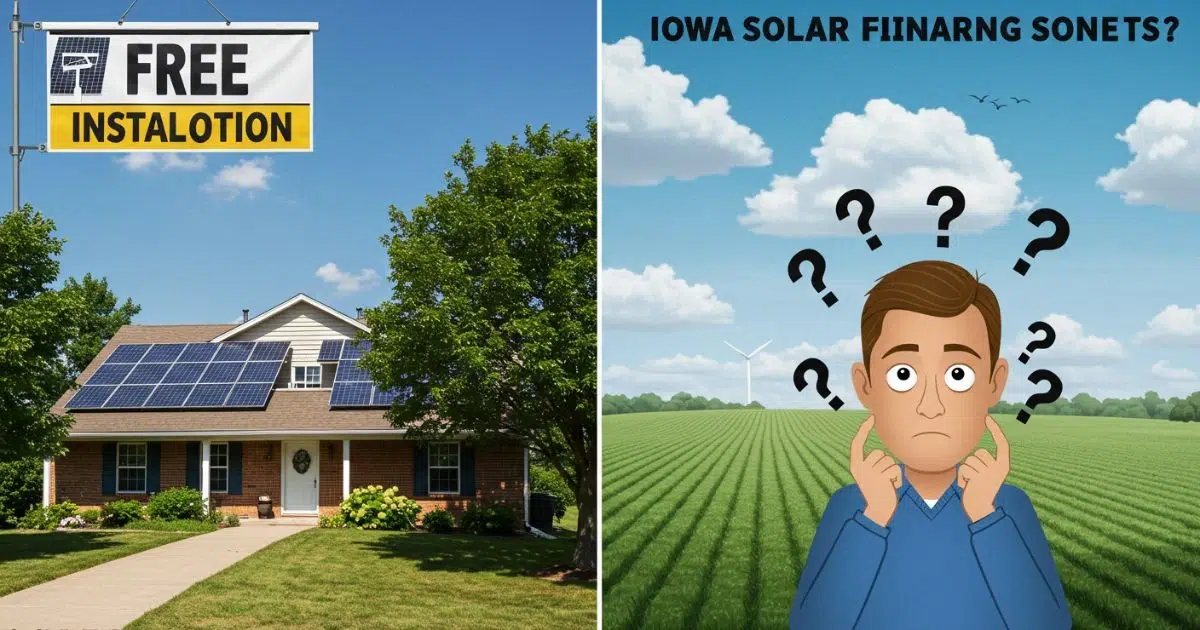
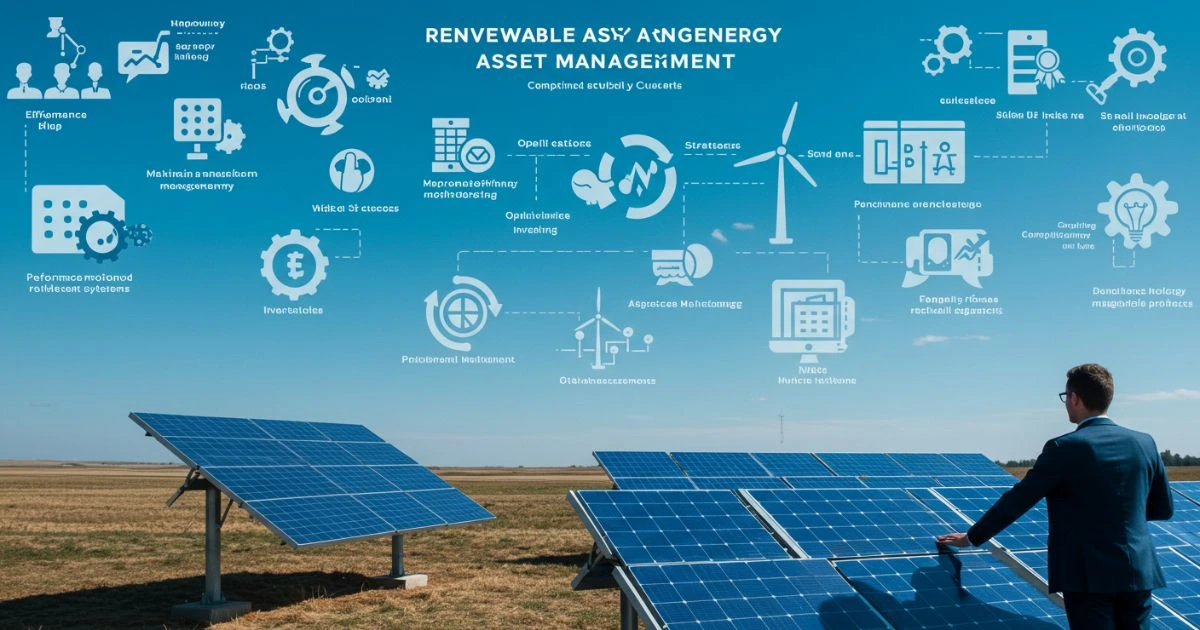
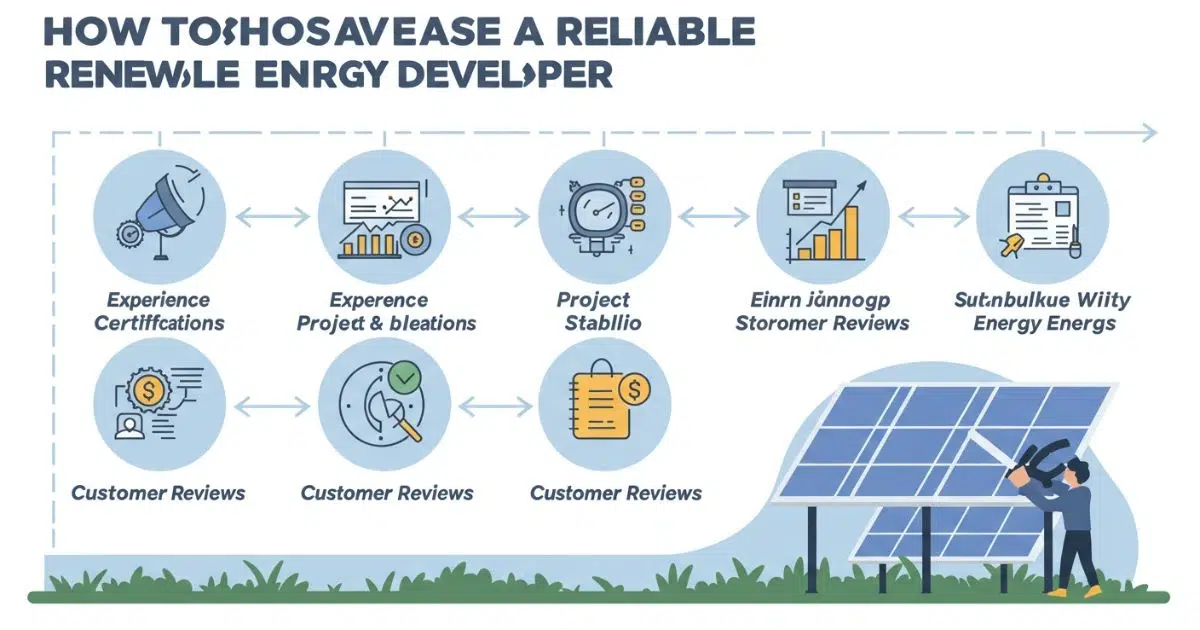
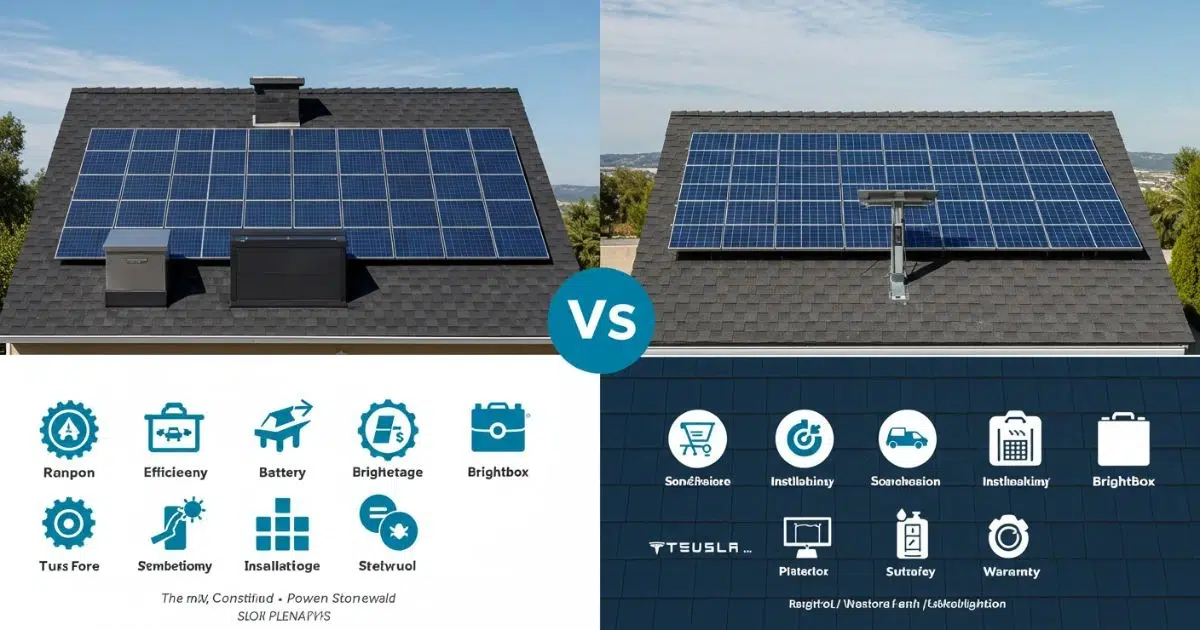
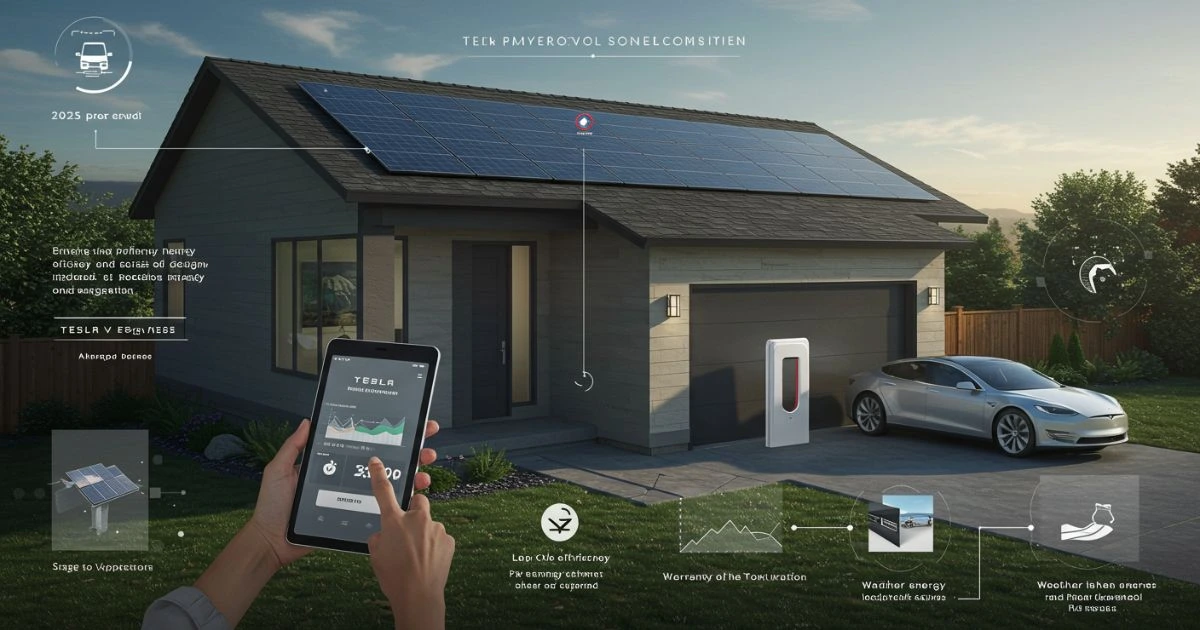
Leave a Reply